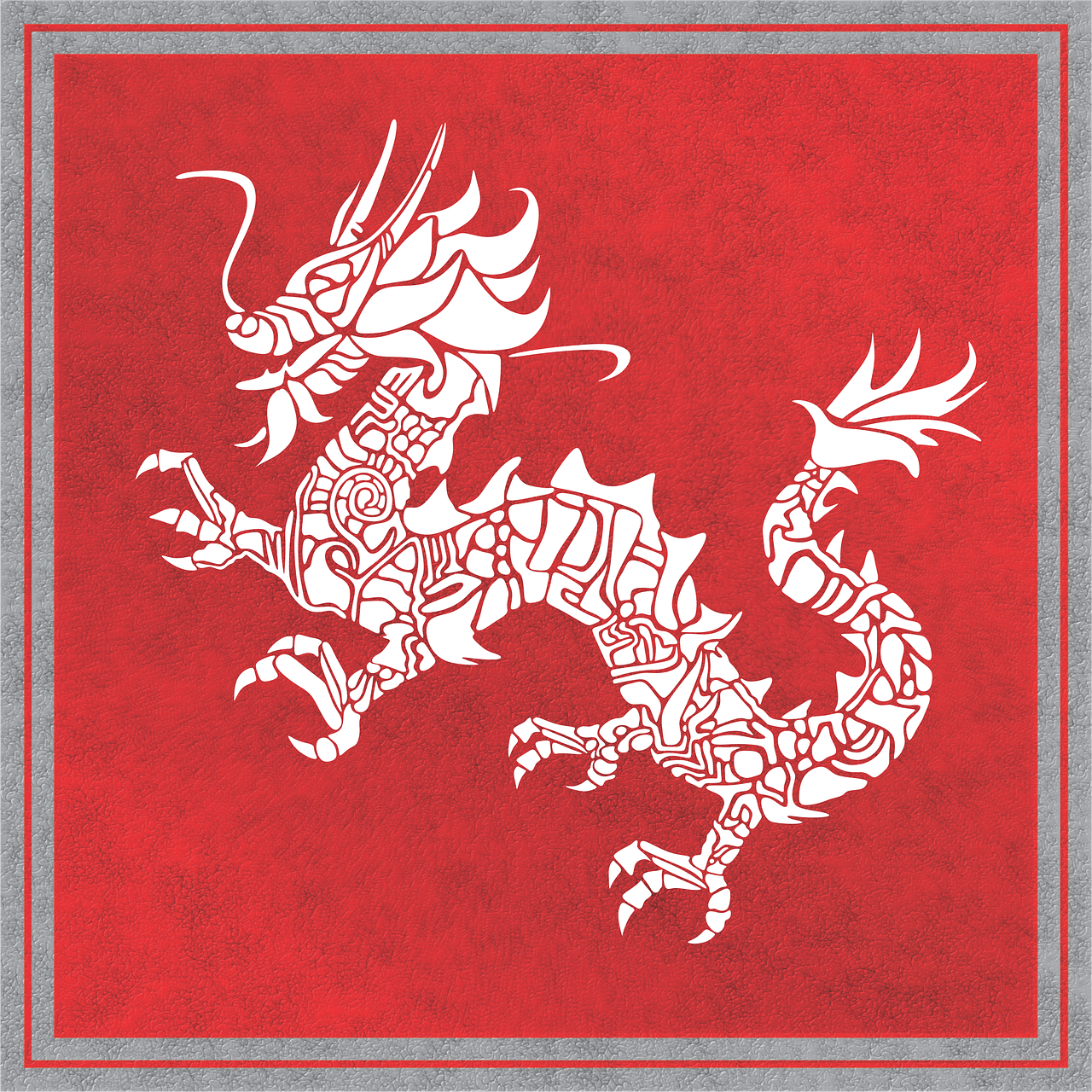Which Country Is Really Doing Better? U.S. or China?
For decades, Americans have been told they live in the greatest nation on Earth. The strongest economy. The best opportunities. The highest standard of living. By contrast, China is often portrayed as a land of factories and censorship, where no one would choose to live if given the option.
But the numbers tell a different story. If you strip away the na…



